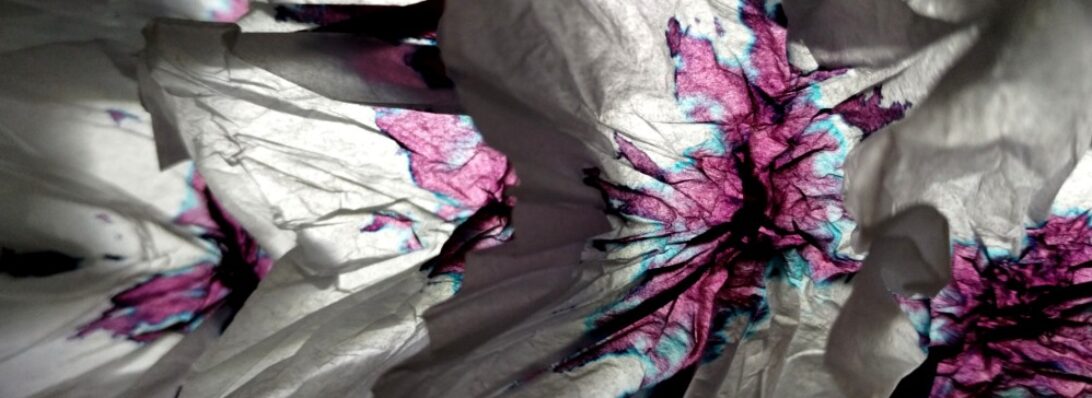I like a figurative compound model, and when it is designed by a master like Akira Yoshizawa then it feels like a privilege to fold it:
This is one of his monkeys, in two pieces – I love the pose, the simple but expressive face, posture and all – very clever.
Made with 2 bird bases, then each part diverging in method yet strangely symmetric, coalescing into a top and tail that then slots together.
This is a lot like the more complex “swivel monkey” which I will torture myself with later, for my first fold I am happy with this result. Taken from “Creative Origami”, a masterwork entirely in Japanese, most models have no landmarks, you fold them by eye, making each fold unique and allowing the folder to add their own character – nice.

























 )
)